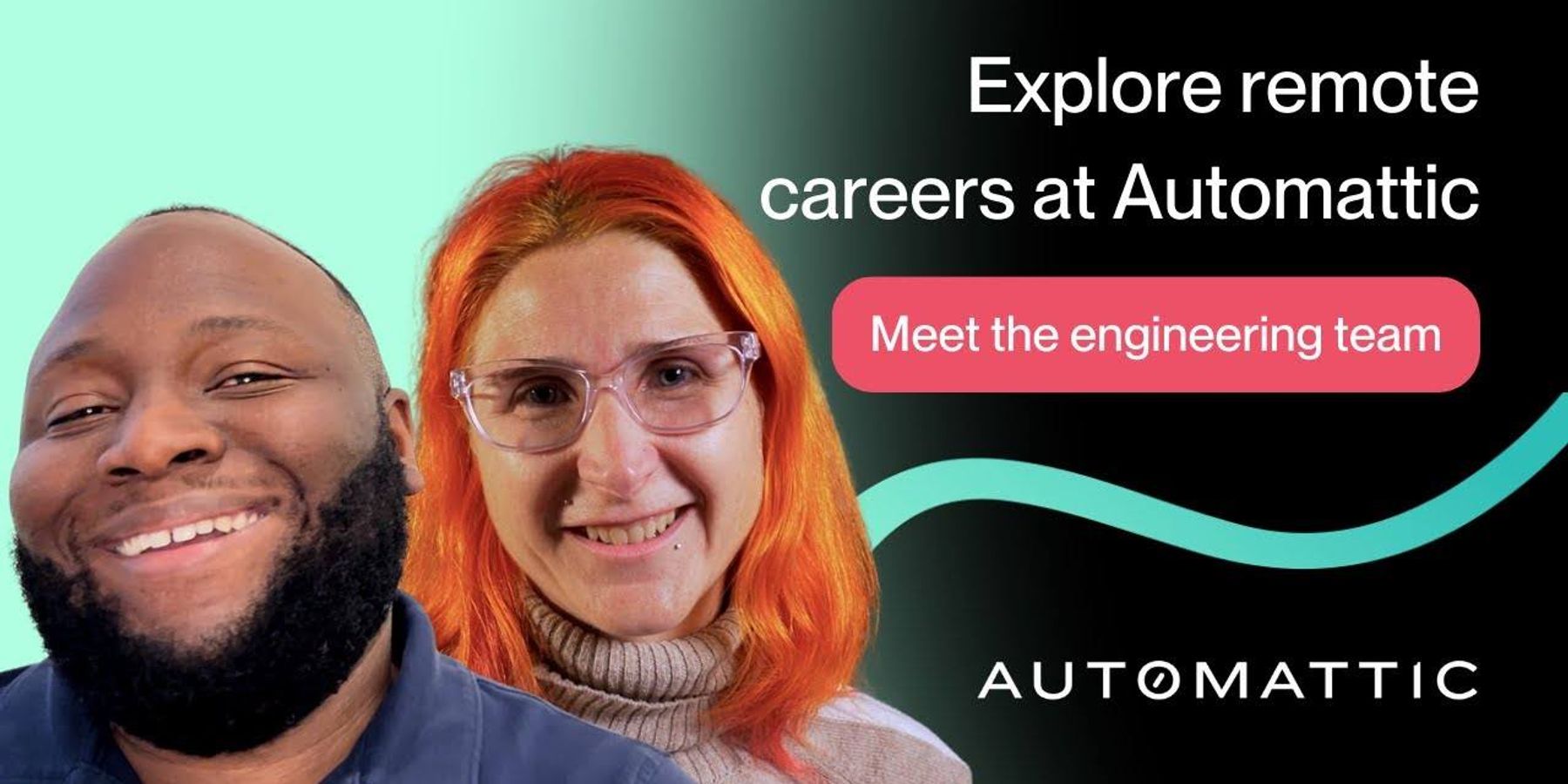When Hadley Simmons Amann moved from the cool coastal town of Santa Barbara to the arid desert of Joshua Tree, she didn’t expect to thrive right away. Trading the ocean breeze for cholla cacti and roadrunners felt like stepping into a new world. Yet, despite the harsh conditions, she and her husband built a greenhouse and began growing tomatoes — against all odds.
“I am downright shocked at the fact that we’ve been able to grow produce in this hot, arid climate,” Hadley laughs. “[It] gives me a little sign that I, too, can survive and continue to grow out here, away from the coast.”
Much like her desert garden, Hadley’s career growth has been about thriving in new environments. As principal program manager of inclusive design at Sonos, her path wasn’t always straightforward. Just as she’s learned to adjust and cultivate in a desert, she’s navigated career shifts, lateral moves, and new challenges, always finding ways to push herself further. Hadley believes that growth — whether in a garden or a career — requires a plan, some adaptability, and a willingness to try something new, even in unfamiliar terrain.
We sat down with Hadley to hear her career development story at Sonos, including her tried-and-true steps on how to build a professional development plan — designed to help you grow wherever you’re planted.
Navigating the long game at Sonos
From her very first job application, Hadley had her sights set on program management. And while she eventually found her way to this title, she never imagined the twists and turns that would get her here.
“I wouldn’t say that I had a drafted ‘X-year plan’ done and dusted. A lot of it has been following my interests and building credibility through experience,” Hadley shares. “Throughout my career at Sonos, I have always been open to mobility, whether that be upward or lateral. I have tried really hard to not get caught up in the game of getting yearly raises and title changes. Those things are important, but I have also tried to stay humble and realistic about balancing what the company needs versus personal needs. I’m in this for the long haul.”
While developing from a recruitment coordinator to a marketing professional to a DEI strategist, Hadley slowly nurtured the skill set that would help her drive a more diverse understanding of Sonos’ audience as a program manager in inclusive design. Reflecting on each step, Hadley pinpoints the importance of steering your growth, staying curious, and moving with intentionality.
“It’s really amazing to look back at my trajectory and say to myself, I did that. I owned my own career development and Sonos supported me and, more importantly, enabled that development and trajectory.”
This mindset is foundational to her approach on how to build a professional development plan effectively. Here, she shares it with you.
Step-by-step guide: How to build a professional development plan
Step 1: Align your plan with your interests
The goals you set should reflect what genuinely excites you — and stay open to the idea that these interests may change over time.
“Don’t start a development plan expecting a straight, upward path,” Hadley advises. A plan that aligns with your evolving passions is more likely to keep you engaged and motivated in the long run.
Step 2: Build a support network
Pinpoint your trusted partners with whom you can confide and ask questions. These partners may change over time, and that’s okay. Don’t put pressure on yourself to find a lifelong mentor from the start.
“They don’t have to be execs, but they should be people that can help guide you with the context of the business,” Hadley says. “[Think of] people that will spotlight and mention your name behind closed doors. Someone that can see the bigger picture if you ever get too narrow-minded.”
Step 3: Believe in yourself
“Imposter syndrome is real,” Hadley level sets with us, “but remember the evidence that shows you indeed know what you’re doing.”
We’re all trying to figure it out, and no one is born an expert. In moments of doubt, acknowledge that you’re where you are today because you earned it — and there’s more growth on the horizon.
Step 4: Be open to course corrections
Career growth isn’t always a straight path, and Hadley acknowledges that things won’t always go as planned. That’s why having a development plan is useful; it allows you to assess where you are and decide if you need to make adjustments.
“If you create a plan for your career growth, it gives you a baseline to compare to when things feel off the rails,” Hadley notes. “Check in with yourself and ask: Am I still on the right path? Do I still aspire to reach these same goals?”
By following this approach, you’ll not only create a development plan but also build a career that continuously evolves and grows — just like Hadley’s.
Join Sonos and build your own career development plan! Explore Sonos’ career opportunities here.



